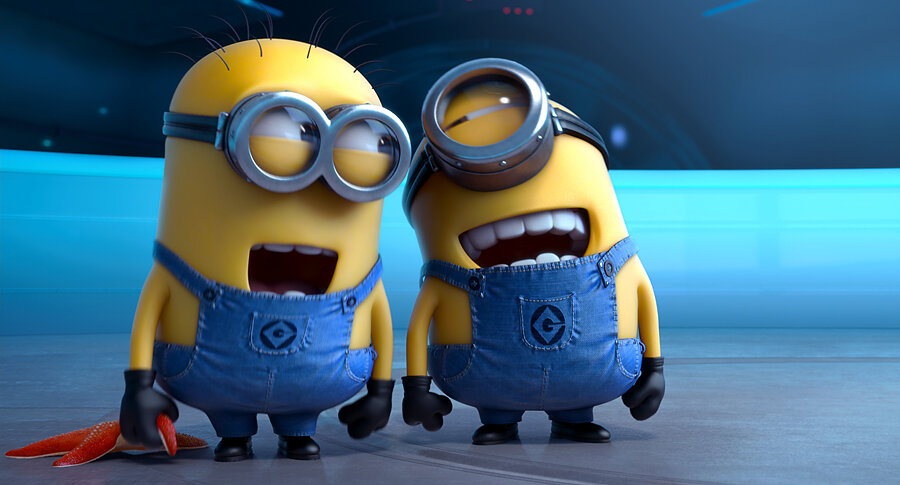Animation stretches for sequels
Loading...
It’s no secret that Hollywood loves sequels. They are an easy way to capitalize on fan interest following a runaway hit but more often than not are as much fun as warmed-up leftovers. For the most part, animated features, with their lovable characters and neat story lines that tie up in feel-good endings, have avoided the realm of sequels.
But suddenly Hollywood is banking on filling movie theaters with audiences who want to see what happens next to the talking cars, monsters, and fish they have grown to love.
In the 1990s and early 2000s, animated sequels were often direct-to-video, and it wasn’t until the “Shrek” and “Ice Age” franchises came along that animated sequels in theaters became a more familiar sight. But they’re gaining seats at the multiplex: In 2011, six popular animated sequels, from “Kung Fu Panda 2” to “Cars 2,” opened in theaters. “Monsters University,” the sequel to Pixar’s “Monsters, Inc.,” will arrive June 21 and more are coming, including “Despicable Me 2” and “Cloudy with a Chance of Meatballs 2.”
But will creativity in animated films get lost in the production rush? An important test case may be Pixar.
Critics have lauded the studio’s fully realized characters and original plotlines. However, Pixar is fully onboard the sequel train. While only three of its 13 films before now have been sequels (“Toy Story 2,” “Toy Story 3,” and “Cars 2”), the studio released “Monsters University” this month, and a “Finding Nemo” sequel is slated for 2015. And there will be more, Disney chief executive officer Bob Iger said. “Pixar’s slate of films for the next five years includes fantastic original stories as well as some great sequels to their previous hits,” he said in a discussion with shareholders.
Pixar has both succeeded and fallen flat with its continuations so far. “Toy Story 2” was critically praised and “Toy Story 3” was nominated for a Best Picture Oscar, but “Cars 2” was the worst-reviewed Pixar movie, with many reviewers declaring that the heart of the animation was gone.
“The secret to good sequels is not to just create new events but to push the character arcs,” says Jeremy Moorshead, chair of the Savannah College of Art and Design animation department.
He felt that the “Shrek” films got slightly played out but pointed to “Toy Story 2” and “Toy Story 3” as sterling examples of how sequels can succeed. “They got better,” Mr. Moorshead says. “The characters got much deeper ... [success depends on] finding out more about the characters.”
Pixar fans can only hope that the coming sequels will continue to reveal the magic beyond “happily ever after.”





